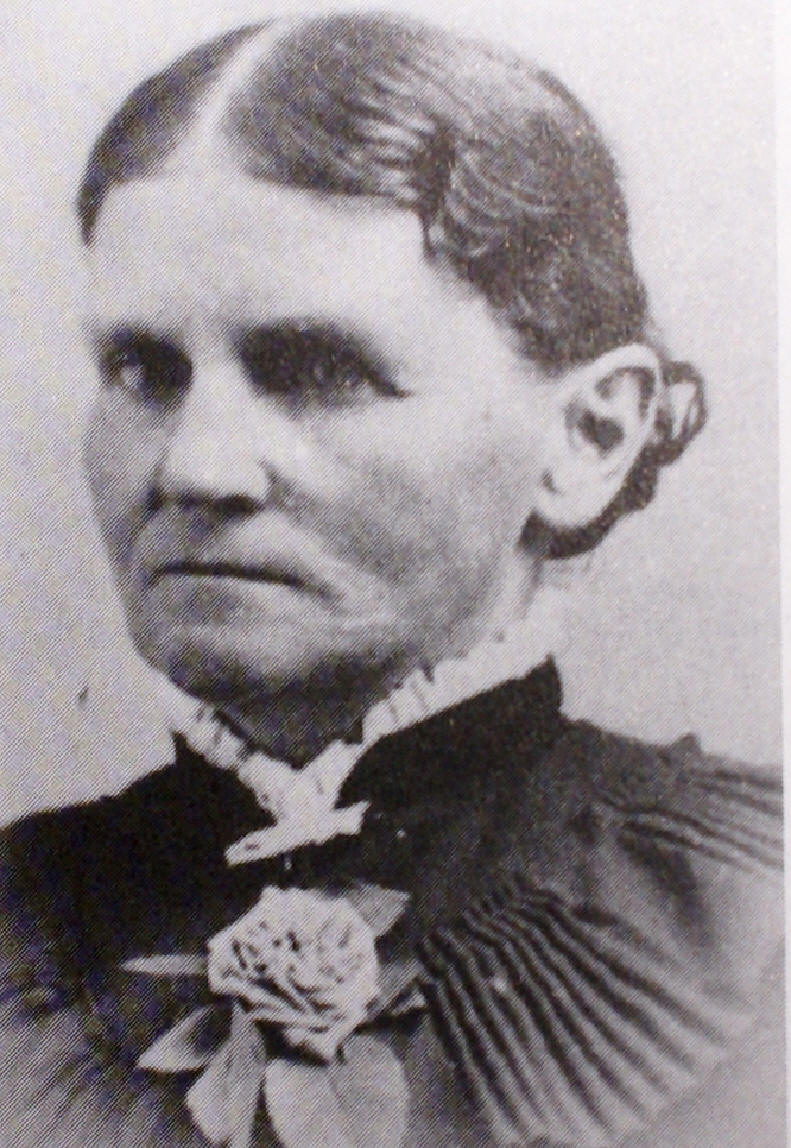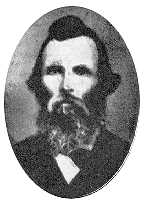

I recently finished reading The Undaunted by Gerald Lund, about the "Hole in the Rock" pioneers who built a trail across Southern Utah's treacherous red rock terrain. Then I had to go back and read Harriet Betsy Cook Teeples' account of being called to settle in Arizona, and her journey.
(Me-->Mom-->Grandma-->LaRue McCann Ely-->Eunice Rosella Teeples McCann-->Harriet Betsy Cook Teeples)
Incidentally, Harriet is part of my straight maternal line, all mamas, so I always feel a special connection to these women, much like I do to my Paternal line, where everyone has the last name of Haynes.
I used to work for one of BYU's Academic Vice Presidents. She was from Arizona and her family's joke was that Brigham Young gave her ancestors the ultimatum, "You can go to Arizona or you can go to Hell." When the obedient pioneers arrived, they looked around and said, "I thought we picked Arizona!" Well, I think Grandma Harriet had a similar opinion. She had been living in Holden, Utah, (near Fillmore) when she and her husband had decided to move north to beautiful, green Garden City, near Bear Lake, where her parents lived. They sold out and packed up...
"just as Apostle 'Rastus Snow came to Fillmore to call people to go to Arizona. Well, that was one of the trials of my life, but I did not refuse to go, but I could not leave Utah without bidding my folks goodbye, not knowing that I would never see them Again. So, while my husband was preparing to go to Arizona, I, with my four children started for Bear Lake in a white topped carriage and over the 300 mile journey, my second daughter, then 14 years old, was my teamster. We stayed in Bear Lake three weeks and then returned to Holden and from there we started for Arizona on the 29th of October 1878."She sounds like a pretty determined (read here: stubborn) lady who wasn't afraid to go after what she wanted.
A little background on Harriet before I tell you the rest. At this point in her life she had already crossed the plains with her family when she was three years old, losing her older sister to Scarlet Fever and a baby sister born in Winter Quarters. She had lived in Salt Lake, Manti, Goshen (which was established by her father, Phineas Wolcott Cook) where she was married at the age of fifteen to William Randolph Teeples, shown here.
 They lived in Salem and then Provo. In 1863, when she was 19, she and her husband and little girl were called to settle the Bear Lake area with her father's family (he was a polygamist). This was a 300 mile journey and has its own stories to tell, another time. They lived there for two years and then moved back about 400 miles south, to Holden, to escape the harsh winters in 1865, where they stayed for the next twelve years. Over this time she had six more children, losing a four year old son when a falling log killed him, her eldest daughter at age fifteen to the measles, and a baby who only lived for a month. So, Harriet and William and their four children were leaving for Arizona at ages 44, 34, 14, 9, 5, and thirteen months. I'm guessing that her daughter Beatrice, at 14, was a lifesaver.
They lived in Salem and then Provo. In 1863, when she was 19, she and her husband and little girl were called to settle the Bear Lake area with her father's family (he was a polygamist). This was a 300 mile journey and has its own stories to tell, another time. They lived there for two years and then moved back about 400 miles south, to Holden, to escape the harsh winters in 1865, where they stayed for the next twelve years. Over this time she had six more children, losing a four year old son when a falling log killed him, her eldest daughter at age fifteen to the measles, and a baby who only lived for a month. So, Harriet and William and their four children were leaving for Arizona at ages 44, 34, 14, 9, 5, and thirteen months. I'm guessing that her daughter Beatrice, at 14, was a lifesaver." We traveled past Kanab and Johnson Settlement and on down to Colorado [River]. The people there told us to cook enough food to last 3-4 days for everything near the river was petrified to stone—and we found this true.
As the river was low, they had a ferryboat that would hold one team and a wagon, so the company of twelve wagons all crossed in one day. When we were ready to go over the big mountain called “Lee’s Backbone” we found the road up the side of it to be a series of stone stairs. It was one mile to the top and was so steep that we had to use all the teams on one wagon. At the top there was along a one mile long and very narrow dugway, so very narrow that the wagon wheels would be within six inches of the edge and we could look down and see the steep side of the mountain and see the river more than 500 feet below. I drove a gentle team around this dugway with my baby in my lap.
When we got around the top of this mountain we stopped on a flat place, tied all the wheels and got ready to start down the south side of the mountain. My husband told me to stay and he would come back for me. I stayed a few minutes and then started down. On making a sharp bend around a big rock, one wheel struck it. With much effort I got by this and soon met my husband coming back after me, and he said, “How in the world did you get around that rock?” I told him and he said, “You’ll do!” We camped at the foot of the mountain that night and started south the next morning over very rough roads and wild country. Water was very scarce. We had to haul it in barrels and many times our cattle and horses were very thirsty."Walking Arizona" is a great blog by John Tanner that discusses several of these sites and their histories, with photos, some seen here. The red cliff picture is part of the trail of Lee's Backbone, which is right next to Lee's Ferry. Here is a little bit from James Tanner's Walking Arizona blog that talks more about this horrible cliffside road.
We crossed the Little Colorado River by fording it as the water was very low, but we had to hurry as it had a quicksand bottom.
When we came to Brigham City on the west side of the river we were invited to dinner in the large dining room of the United Order as many of our friends were there. From there we went up along the side of the river passing Snowflake and Showlow Creek and finally on christmas Day we stopped at a place called Cluff's Ranch. We had known the Cluffs in Utah, so we felt wehad some friends there and we pitched our tents there for the winter.
"At the time, future LDS Church President, Wilford Woodruff, who visited this area several times, in his diary described the backbone as "The worst hill Ridge or Mountain that I Ever attempted to Cross with a team and waggon on Earth. We had 4 Horses on a waggon of 1,500 lb. weight and for two rods we Could ownly gain from 4 inches to 24 with all the power of the horses & two men rolling at the hind wheels and going Down on the other side was still more Steep rocky and sandy which would make it much worse than going up on the North side. The trip down the backbone and across the river tested one's resolve to continue the trip. As one weary traveler observed, If Mr. Lee had a backbone as bad as that I surely pity him. It didn't seem possible for the horses to pull the wagons up as the road was so sleep and the boulders so big, and it was just as bad on the dugway on the other side. Everyone who ever came over that piece of road had great cause for thankfulness they were not killed."Also, there is a restoration project for Brigham City, Arizona, right now, and here is one of the buildings from it.
 Is it the large United Order dining room? I don't know.
Is it the large United Order dining room? I don't know. The last picture is of a Reservoir on Cluff's Ranch,
 five miles from Pima, where Harriet eventually settled. I don't know if it existed at the time or if it is manmade, but it shows the area a little.
five miles from Pima, where Harriet eventually settled. I don't know if it existed at the time or if it is manmade, but it shows the area a little.

No comments:
Post a Comment